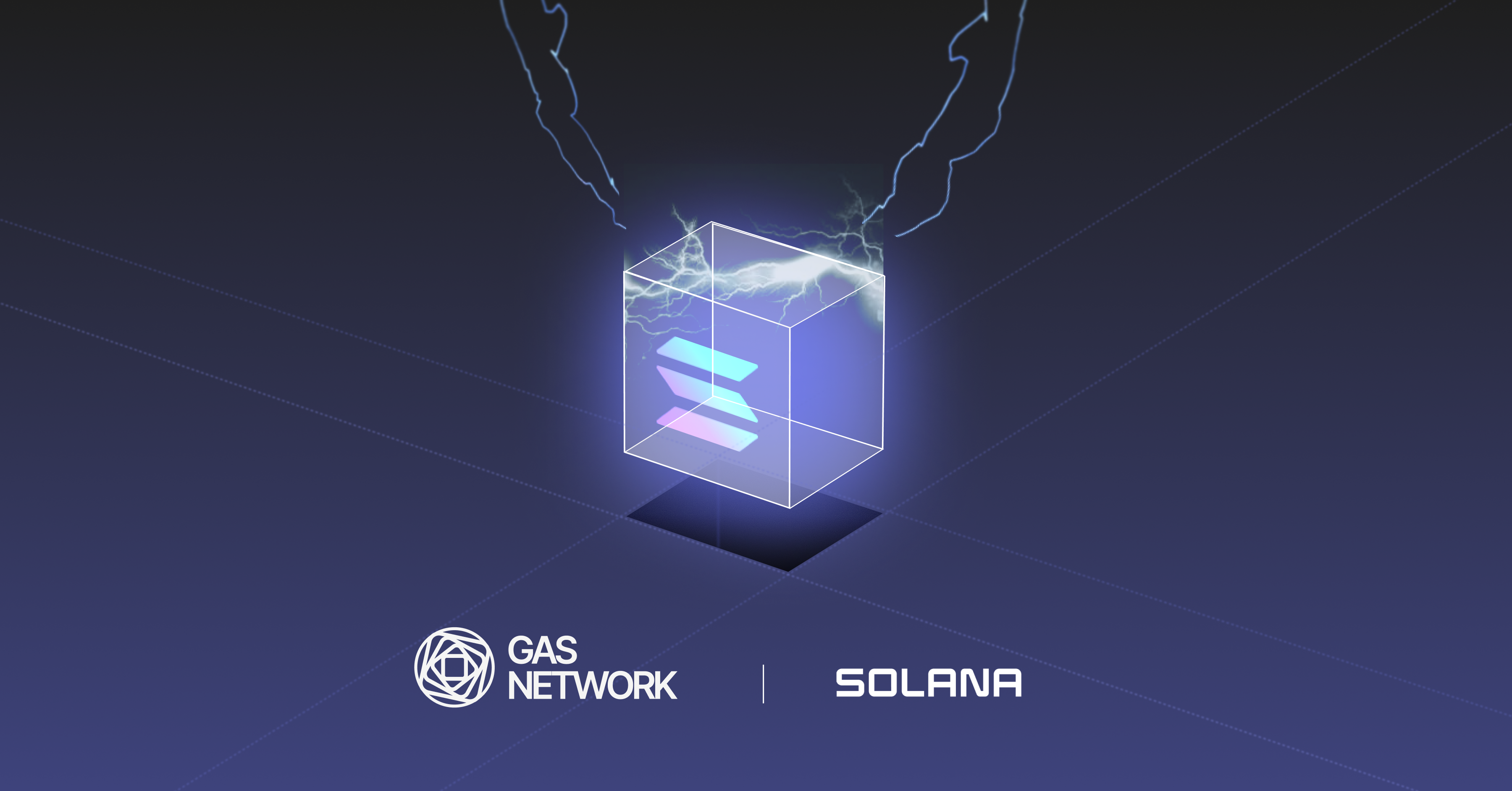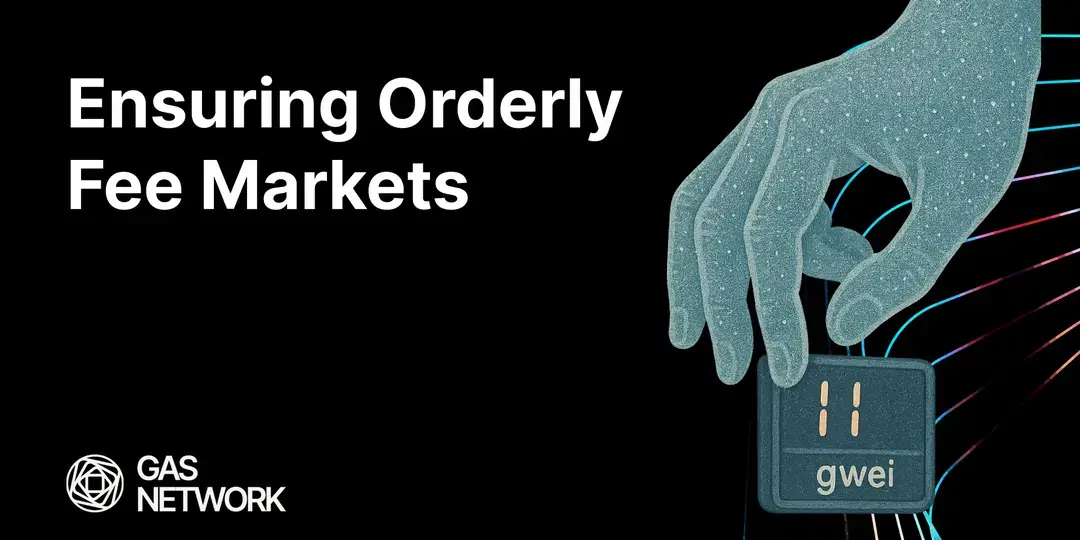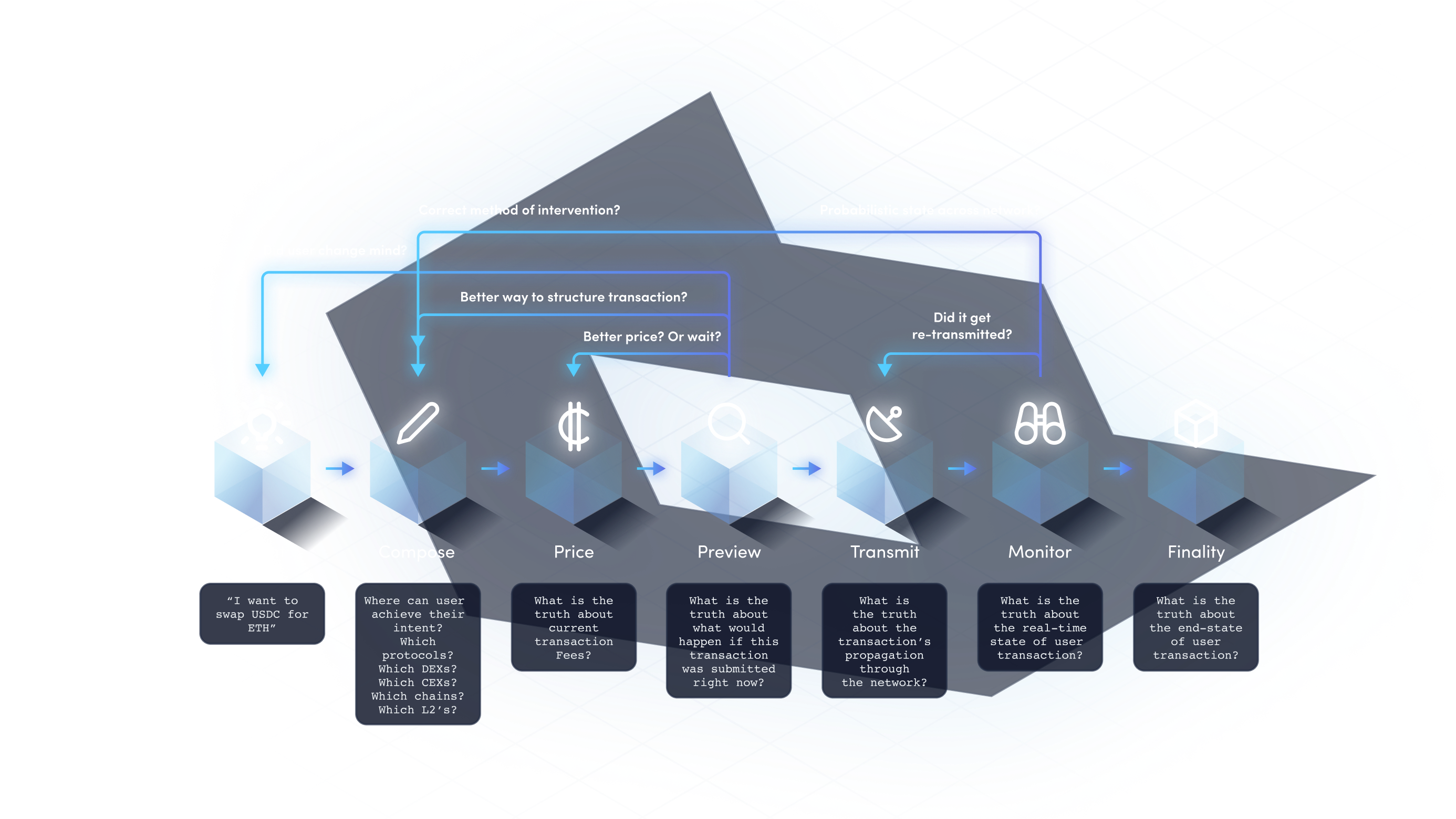125 - Ethereum's
Hidden Power
Structures
Ryan Sean Adams and David Hoffman with Matt Cutler
Matt Cutler is the Co-Founder and CEO of Blocknative and a gigabrain when it comes to Ethereum’s hidden power structures and all things blockchains. As Ethereum approaches the merge, these power structures are going to change. What will this post-merge future look like? Will users get paid to use Ethereum?
Topics covered in this podcast: The reason for the Merge; the values proof-of-stake preserves; blockbuilding; mining pools & incentive categories; and more!
Matt explains everything from first principles and it helps illustrate the complexities of everything discussed in this insightful episode. By the end of it, you’ll have a better understanding of the purpose of blockbuilders, the new post-merge roles, all things MEV, and so much more.
Join the hundreds of projects that trust Blocknative



Learn more about the pre-chain layer

Gas Network Now Supports Solana

Hidden Hands Behind Gas Markets: Why Core Parameters Belong Onchain
Simplifying the
pre-chain layer


